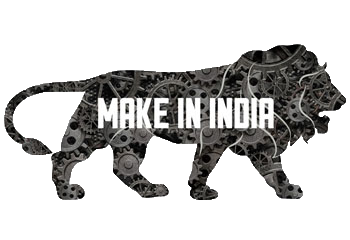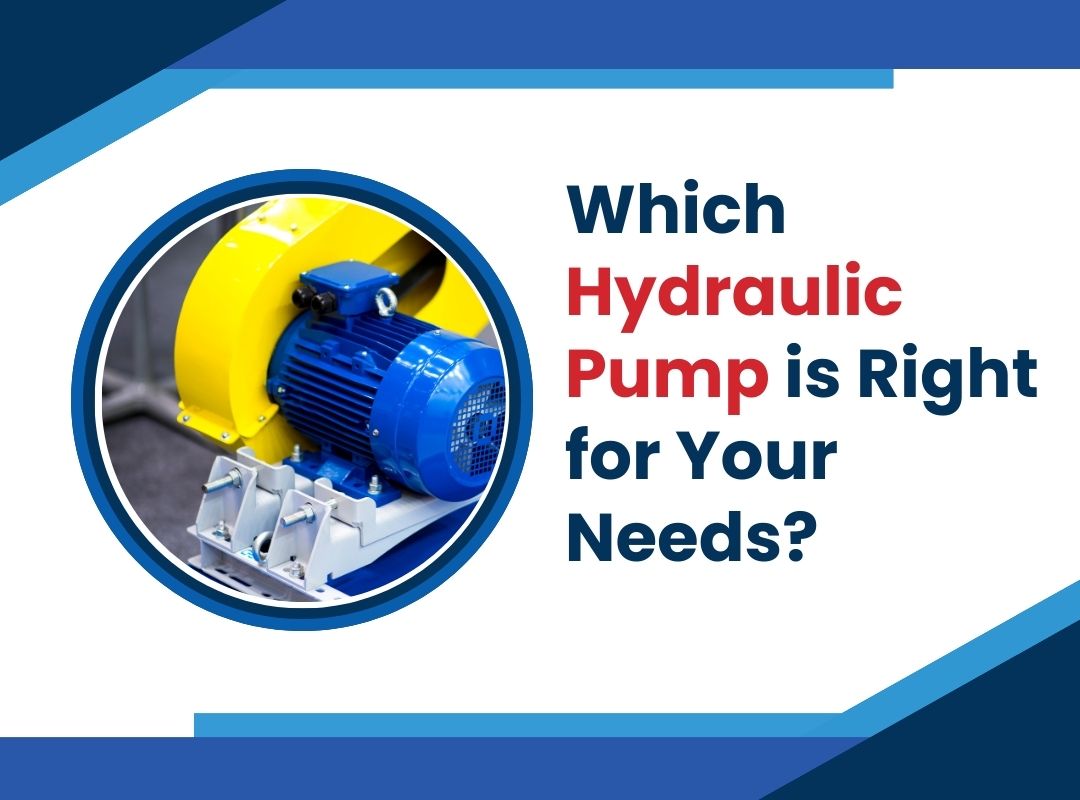There are various pumps present in the market, and each one has its capabilities and limitations. Choosing the right hydraulic pump requires some knowledge about it. This article discusses hydraulic pumps and their types, and we will also help you which one is the best.
What is a Hydraulic Pump?
Before exploring the hydraulic pump types, you must know the basics how hand pump work?
The work of a hydraulic pump is to move the hydraulic fluid via a hydraulic system and acts as the heartbeat of the system. Hydraulic pumps have two things in common. They are:
1. They help in the hydraulic flow to other components within a system
2. Whenever there is a resistance in the flow, they produce the necessary pressure.
Adding to this, these pumps are motor-driven, and they have a pressure relief valve that acts as a type of overpressure protection.
In general, there are three common types of hydraulic pumps; they are piston, gear, and vane pumps.
Gear Pumps
Gear pumps are generally compact and have a simple design. So they are ideal for applications that involve limited space.
In gear pumps, the hydraulic fluid is found between the pump’s body and the areas between the teeth of the pump’s two meshing gears. There is a driveshaft present that helps power one meshing gear while the other remains idle until it meshes with the driving gear. Since each shaft rotation displaces the same amount of hydraulic fluid at the same pressure, gear pumps are called fixed displacement or positive displacement. These pumps give their best only when the pumps are running at their maximum speed.
There are two types of gear pumps, internal gear pump, and external gear pump.
Let’s discuss them.
External Gear Pumps
You can distinguish the types based on their design. The external gear pump has a close-coupled design where the hydraulic motor and gear pump are placed on the same mounting and same shaft. These pumps can handle high pressure and produce very high pressures of up to 3000 psi and operate at high speeds. External pumps tend to operate more quietly than internal gear pumps. They are used in powerlifting applications. For example, they are used in some agricultural and construction equipment in order to power their hydraulic system.
Internal Gear Pumps
In this type, the internal and external gears work along with a crescent-shaped sector element that can generate fluid flow. The inner gear has teeth pointed towards the outward, whereas the outer gear has teeth pointed towards the inward. Since these gears rotate in and out, they create suction and discharge zones with sectors that act as a barrier between these zones. Here a special type of internal gear pump named gerotor is present; it eliminates the need for a sector element by using trochoidal gears to create suction and discharge zones.
Internal gear pumps are designed to handle only low-pressure applications, and thus, they are not used much. They use lube oils and fuel oils and work well for metering applications.
Piston Pumps
These types of pumps are used to generate suction and discharge. You can categorize piston pumps based on two things; one is to check whether the piston is radially or axially mounted or whether they have fixed or variable displacement.
Piston pumps can easily handle higher pressure than vane or gear pumps. But they are on the pricey side and are sensitive to contamination.
There are different types of Piston pumps present. They are:
Axial Piston Pump
Also called an inline axial pump, this pump has pistons aligned with the axis of the pump and is arranged within a circular cylinder block. This type can handle high pressure, and thus they are used in hydraulic pumps, stand-alone pumps, or an automotive air conditioning compressor.
Bent-Axis Pump
This pump is also considered as the subtype of the axial piston pump and is used for heavy-duty work cycles like power machinery. It has two sides that meet together at a particular angle. Here on one side, the drive shaft turns the hand pump cylinder blocks that contain the pistons, which match up to the bores on the other side of the pump. The distance between the valving surface and pistons varies when the cylinder block rotates, and the needed suction and discharge are achieved.
Radial Piston Pump
In this type, the pistons are seen to lie perpendicular to the axis of the pump and are arranged radially that is similar to the spokes on a wheel around an eccentrically placed cam. So when the drive shaft starts rotating, the cam tends to move, and it pushes the spring-loaded pistons inward as it passes them. Each of these pistons consists of inlet and outlet ports that lead to a chamber. This chamber has valves and is responsible for controlling the release and intake of hydraulic fluid. They are used in machine tools and as a power supply.
Vane Pumps
This is a self-priming positive displacement pump that provides constant flow at varying pressures. They are used in utility vehicles and are not designed to handle high pressure.
How to select a Pump?
Some important aspects to remember while selecting a pump is
The hydraulic fluid type used
Operating speed in RPM
Variable or fixed displacement
Maximum operating pressure
The flow rate
Torque ratings and power curves
Conclusion
These are the different types of pumps present and hand pump tools. I hope this article was of some help.


